Electric bikes have already transformed how we commute on Earth—but now, they’re catching the attention of space engineers. Yes, even NASA. While that might sound like a piece of science fiction, it actually reflects a much deeper shift in how humans think about mobility. Whether we’re talking about exploring lunar terrain or navigating a busy city street, the principles behind efficient movement—adaptability, sustainability, and smart design—remain strikingly similar.
As someone who has spent years studying, riding, and writing about e-bikes, I’ve seen firsthand just how far this technology has come. Today, let’s explore not only why space agencies are showing interest in electric bike technology but also how that kind of research and development can help you make a smarter choice when buying an e-bike for everyday use here on Earth.
Why NASA Is Even Thinking About E-Bikes
It might seem strange at first. Why would an agency primarily concerned with interplanetary travel care about something as ordinary as a bicycle?
The answer lies in one word: mobility. Mobility on the Moon or Mars is no small challenge. Astronauts require light, energy-efficient, and highly adaptable vehicles to help them cover short to medium distances across rugged, unpredictable surfaces. Sounds familiar? It should—these are precisely the same design goals driving modern e-bike innovation.
NASA’s research into compact electric vehicles mirrors many of the same issues faced by city commuters: limited storage space, uneven terrain, and the constant demand for lightweight yet reliable gear. For example, materials such as magnesium alloy frames and long-life lithium batteries—commonly explored in aerospace engineering—are already part of today’s premium e-bike market.
Of course, we’re not likely to see astronauts pedalling across the lunar surface anytime soon. But the connection is undeniable: innovations in space travel frequently filter down into consumer technology, and that includes bicycles. For everyday riders, this translates into smarter, longer-lasting, and more versatile electric bikes designed for commuting, errands, and adventure.
What Makes an E-Bike Truly “Mobile”?

When people discuss e-bikes, the conversation often focuses on speed or battery range. But real mobility is about more than raw numbers—it’s about how well a bike fits into your life and adapts to your daily routines.
Here are the core factors that make an e-bike truly mobile:
| Feature | Why It Matters | Real-World Benefit |
|---|---|---|
| Weight | Lighter bikes are easier to carry, lift, and manoeuvre | Perfect for city dwellers or those living in flats |
| Foldability | Enables compact storage in small spaces | Fits neatly under desks, in cupboards, or car boots |
| Battery Range | Determines how far you can travel per charge | Reduces anxiety about running out of power |
| Assist System | Provides smooth, responsive support | Makes steep hills and longer rides effortless |
| Build Quality | Durability equals longer lifespan | Resists weather, potholes, and heavy use |
One clear example of urban mobility comes from foldable e-bikes. For commuters juggling train rides or students with limited living space, foldable designs are game-changers. A standout choice is the DYU D3F—a lightweight model that folds in seconds while still offering a futuristic, clean aesthetic.
Another compelling option is the Fiido X, which combines excellent range, sleek looks, and even anti-theft technology. Both bikes highlight how mobility is less about distance and more about convenience and adaptability.
Choosing the Right E-Bike for Your Needs
With so many models on the market, choosing the right e-bike can feel overwhelming. The secret is to start with your lifestyle—not just the technical specifications.
| Use Case | Best Features | Example Bike |
|---|---|---|
| Daily commuting (flat city routes) | Light frame, hub motor, folding design | DYU T1 |
| Hilly neighbourhoods | Mid-drive motor, torque sensor, hydraulic brakes | Riese & Müller Roadster |
| Weekend countryside adventures | Bigger battery, wide tyres, suspension fork | Rad Power RadRunner |
| Family and cargo transport | Longtail design, high load capacity, dual batteries | Tern GSD |
The DYU T1 deserves a closer look. This foldable 20-inch bike integrates a rare torque sensor at its price range, meaning the motor responds naturally to your pedalling intensity. Combined with a magnesium alloy frame, it offers an excellent balance of durability and lightweight design—ideal for students, commuters, or anyone in need of a compact yet reliable e-bike.
Watch it in action here:
[button size=”medium” style=”primary” text=”BUY DYU T1″ link=”https://voltbike.co.uk/product/dyu-t1-20-inch-foldable-electric-bike/” target=””]
What Space Tech Can Teach Us About Better E-Bikes
Returning to the “space connection,” we can see clear examples of how aerospace technology has influenced modern e-bikes:
- Magnesium alloy frames: Lightweight and strong, borrowed from spacecraft engineering, now common in folding bikes.
- Smart sensors: Adapted from robotics research, now ensuring smoother pedal assistance.
- Advanced battery systems: Power cells originally designed for satellites are helping extend e-bike battery life while reducing size.
- Regenerative braking: Inspired by electric rovers and EVs, allowing some e-bikes to recover small amounts of energy when braking.
These aren’t just flashy features. They make e-bikes more durable, more efficient, and ultimately, more accessible to everyday riders. This is where space technology directly enriches our urban lifestyles.
Is a “Mobility Mindset” the Future of Urban Travel?
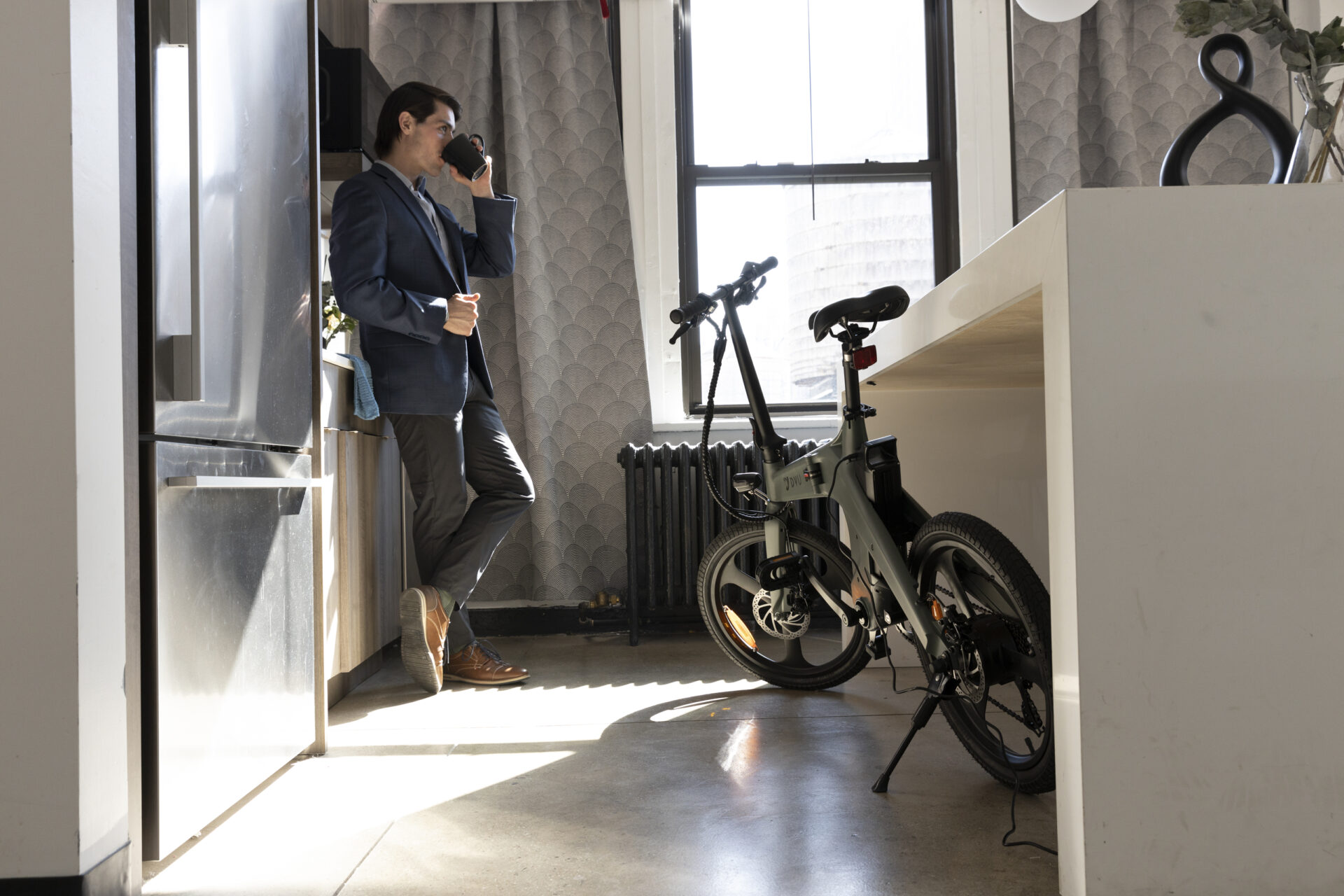
E-bikes are more than just a car replacement—they embody a broader movement towards personal mobility. This means finding the smartest, most efficient way to move from point A to point B without unnecessary waste of energy, time, or money.
You can apply this “mobility mindset” by:
- Thinking local: Replace short car trips with e-bike rides whenever possible.
- Combining transport: Pair folding e-bikes with public transport for flexible commuting.
- Planning routes: Use apps like Komoot or CycleStreets to find safer, cycle-friendly paths.
- Keeping it simple: You don’t need the flashiest model; you need one that matches your lifestyle.
Over time, your perspective on distance shifts. Five miles no longer feels daunting. Hills become enjoyable challenges instead of obstacles. Even congested traffic loses its stress factor. That’s the transformative power of mobility.
Final Thoughts and Your Next Steps

Electric bikes have come a long way, evolving from quirky experimental gadgets into everyday essentials. Whether your inspiration comes from cutting-edge space technology or the simple frustration of city traffic, an e-bike can completely transform how you travel—and even how you feel about travelling.
If you’re new to e-bikes, consider these simple steps:
- Start with a test ride at a trusted local bike shop.
- Focus on the comfort and feel of the bike, not just specs.
- Think about your daily routine: storage needs, terrain, and average distances.
If you’re already riding, it may be time to upgrade your setup—maybe a better motor, a longer-range battery, or a foldable option for greater flexibility.
And if you’re just curious? Keep reading, ask questions, and give one a try. The future of mobility is already here: silent, smooth, efficient, and often foldable.
Ready to explore mobility e-bikes for yourself? Take a closer look at the models linked above, stop by your local shop, or simply try swapping one of your car trips with an e-bike journey. You might be surprised by how freeing it feels. And if you’ve got your own e-bike story, share it—I’d love to hear from you.
FAQ
What makes an e-bike truly “mobile”?
A mobile e-bike is lightweight, foldable, and easy to store, while offering enough range to cover daily trips without worry.
How do I choose the right e-bike for me?
Begin with your lifestyle. Think about your terrain, commute length, and storage space. Match those needs to the right motor, frame design, and battery size.
Are folding e-bikes practical for everyday use?
Yes. Models like the DYU T1 provide compact storage and excellent commuting performance, making them ideal for daily urban use.
What space technologies have influenced modern e-bikes?
Lightweight magnesium alloy frames, precision torque sensors, and long-lasting lithium batteries all trace their origins back to aerospace innovations.
Can an e-bike really replace my car for short trips?
In many cases, absolutely. For trips under 5–10 miles, an e-bike is often faster, cheaper, and more enjoyable—especially in crowded cities with limited parking.

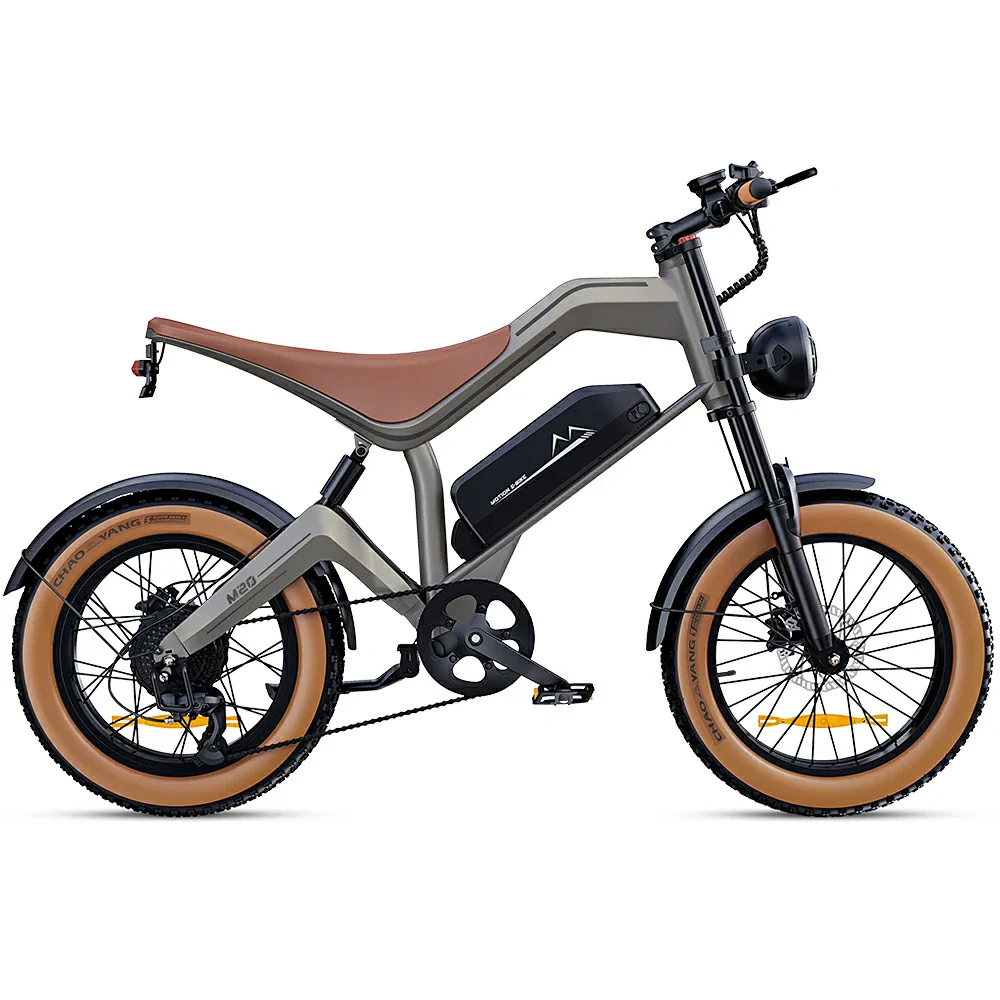
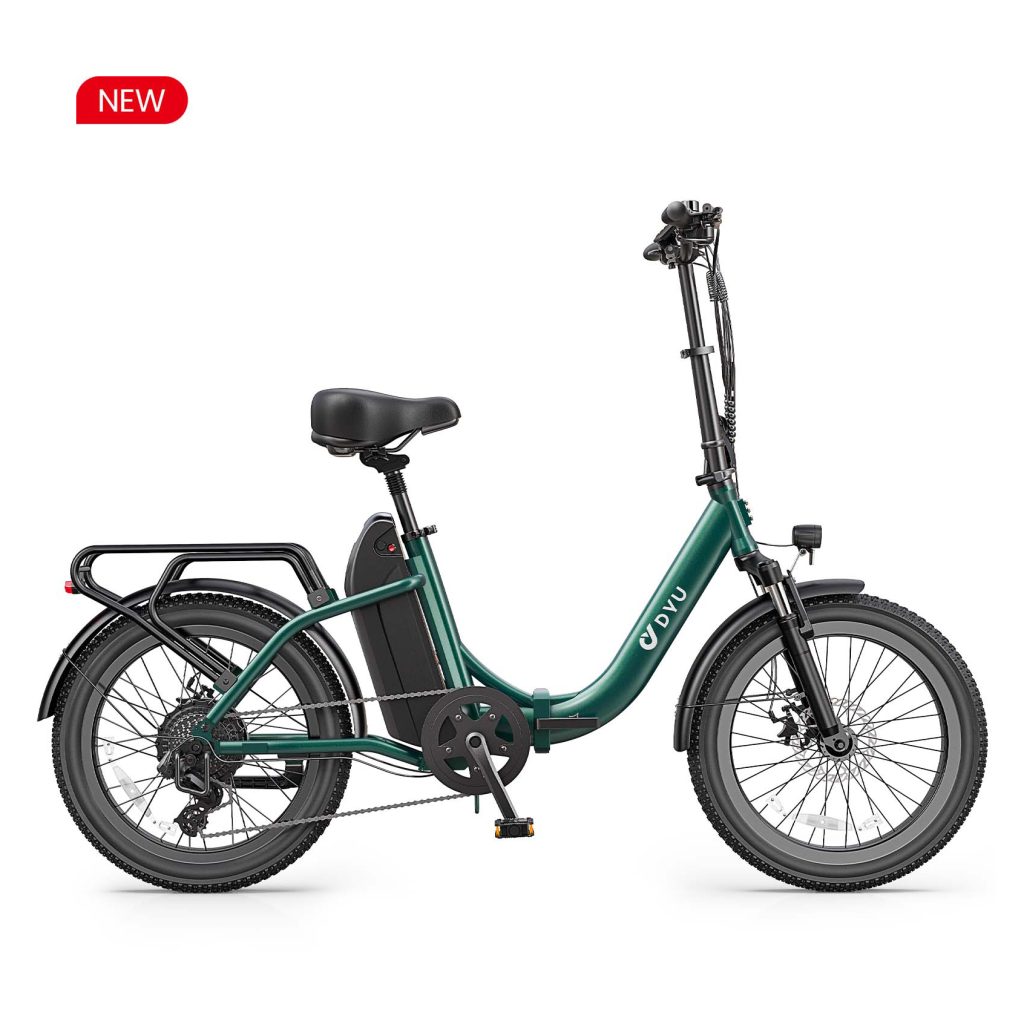
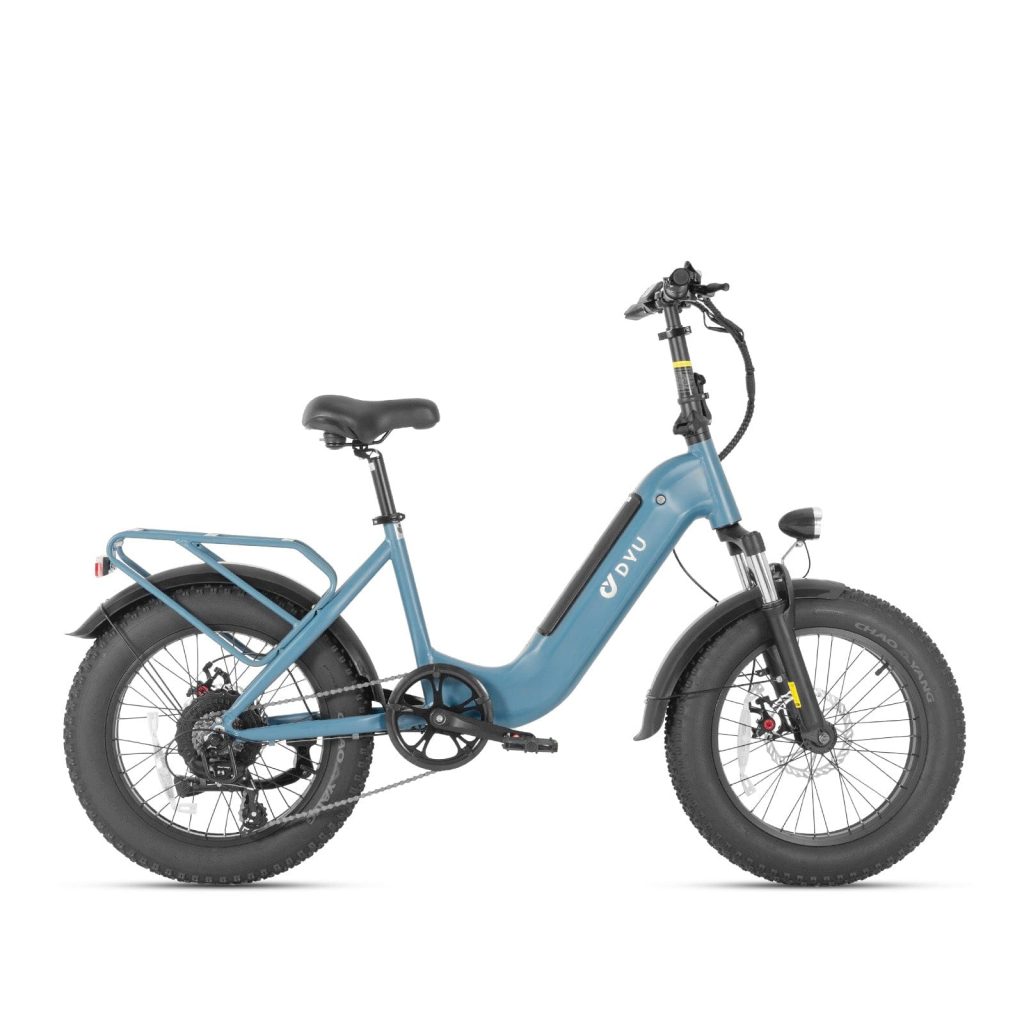
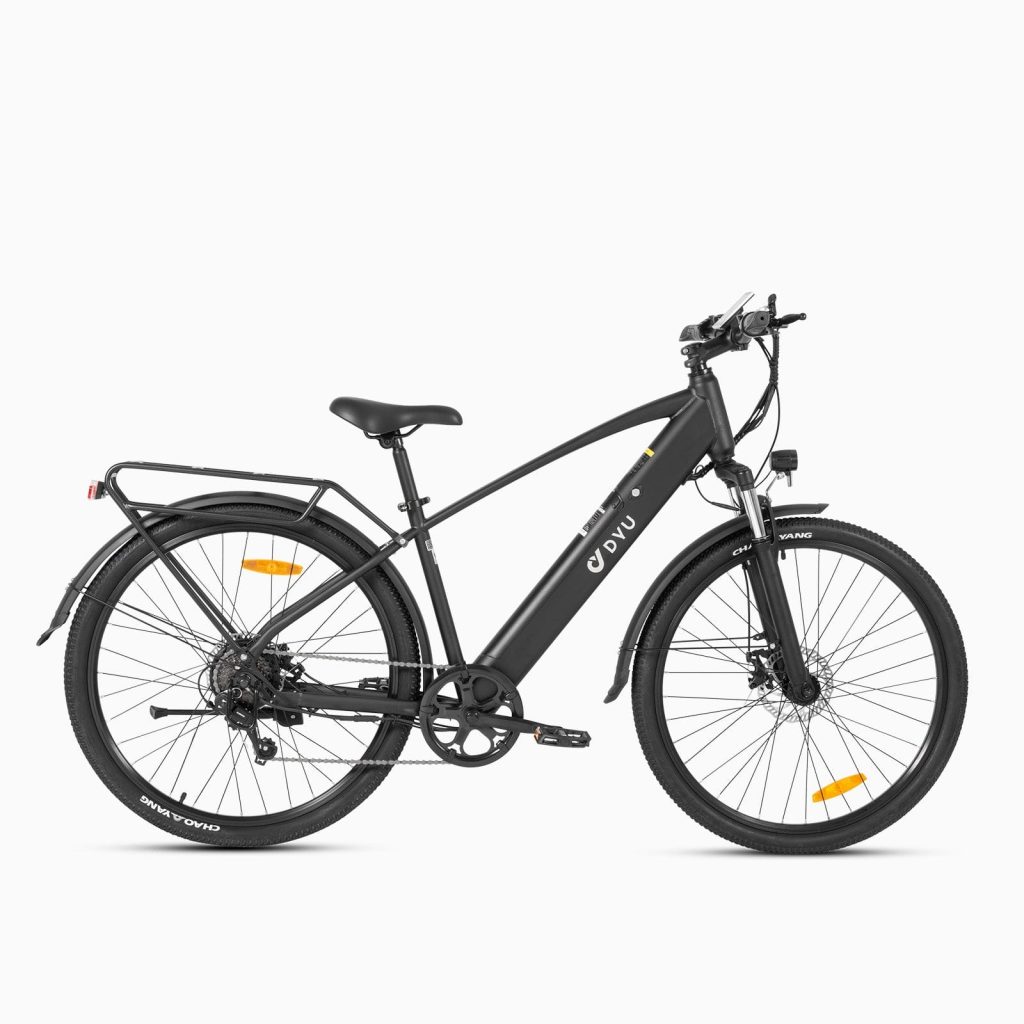
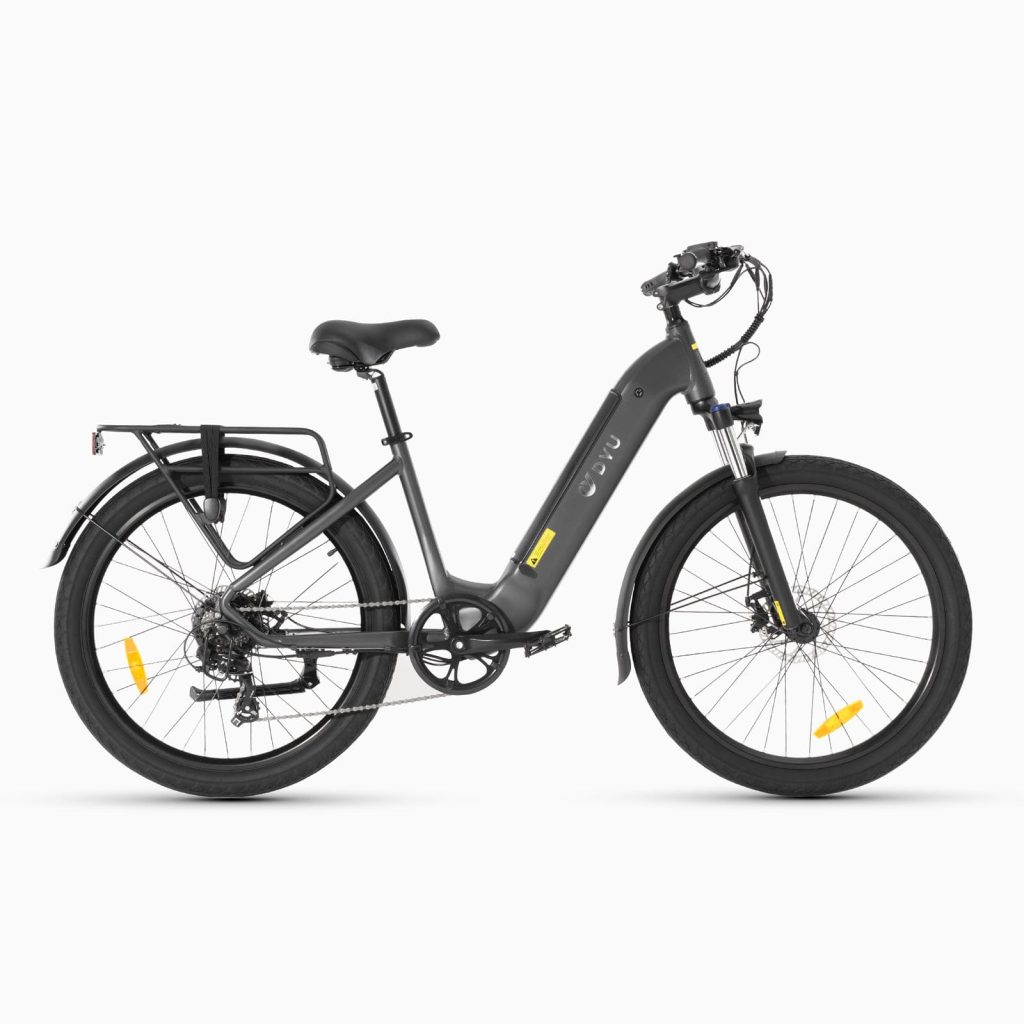
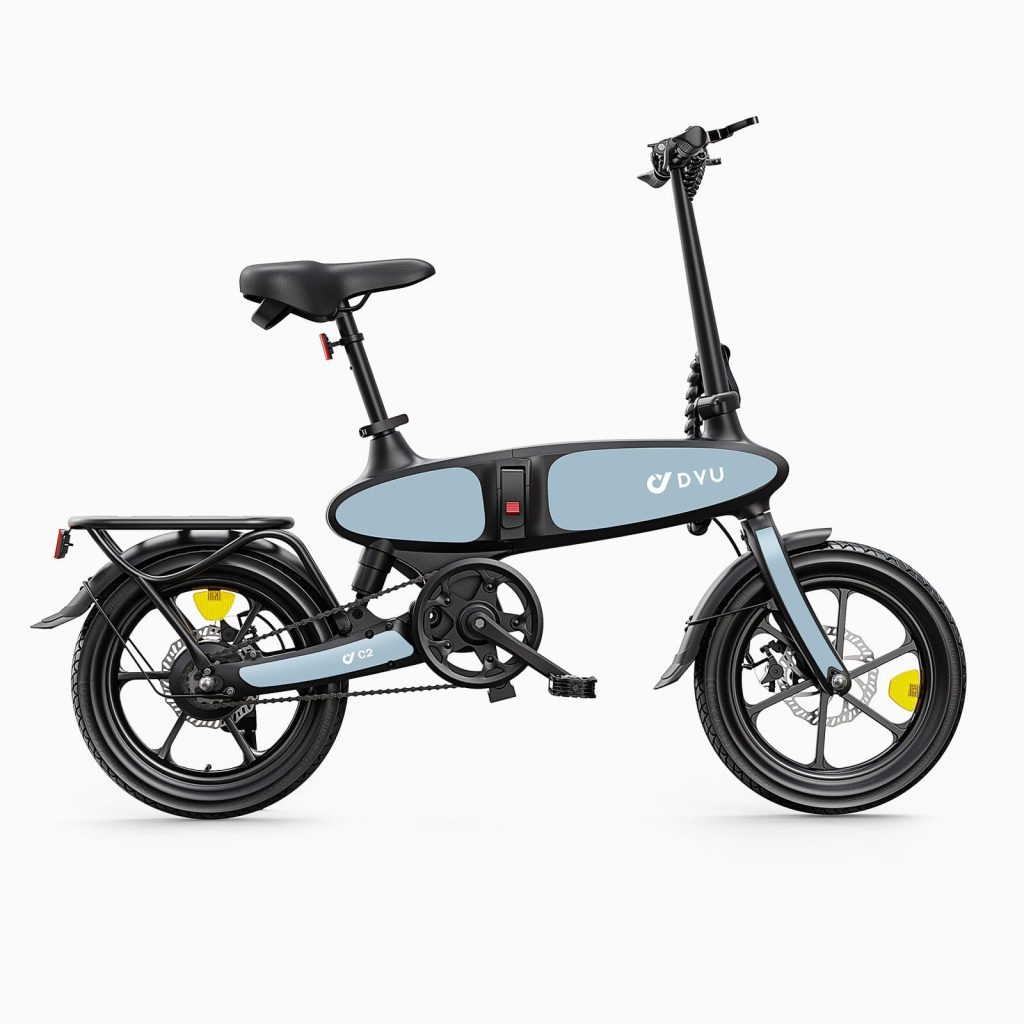
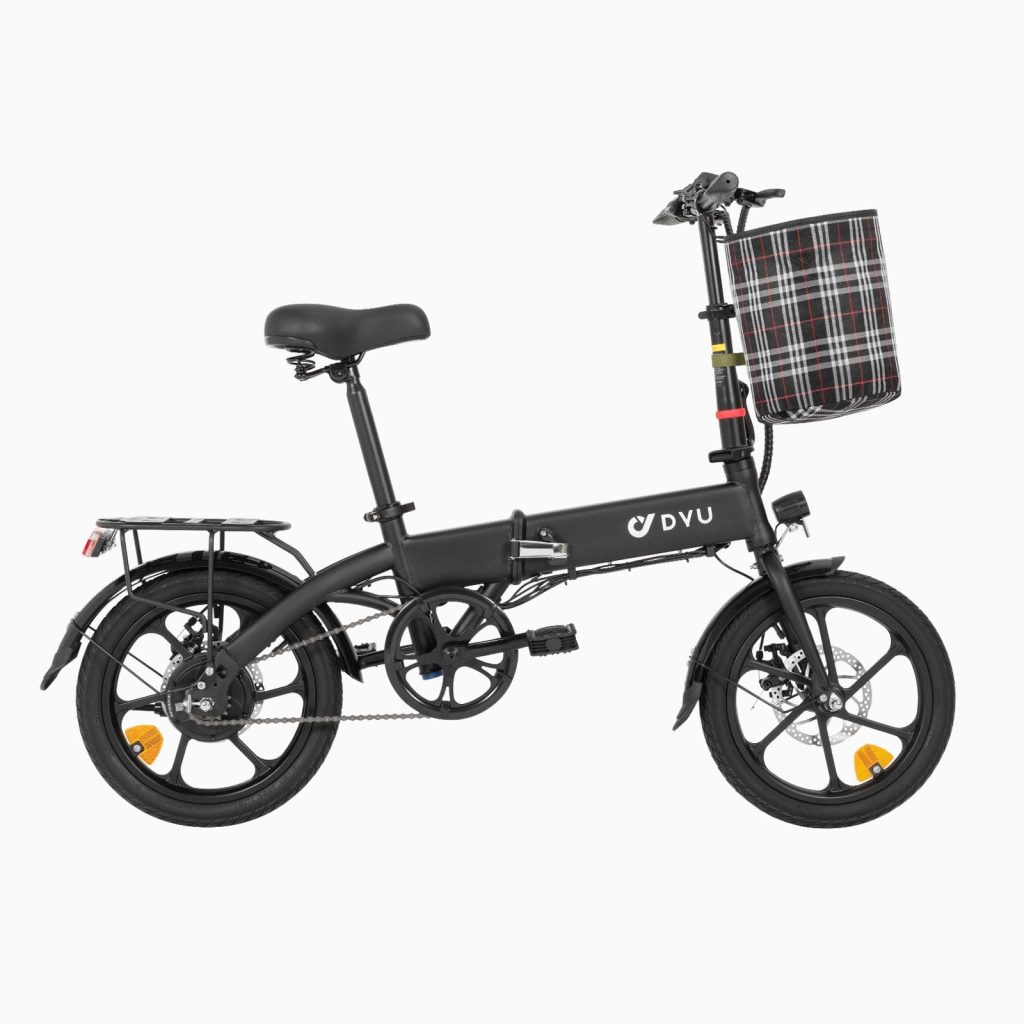
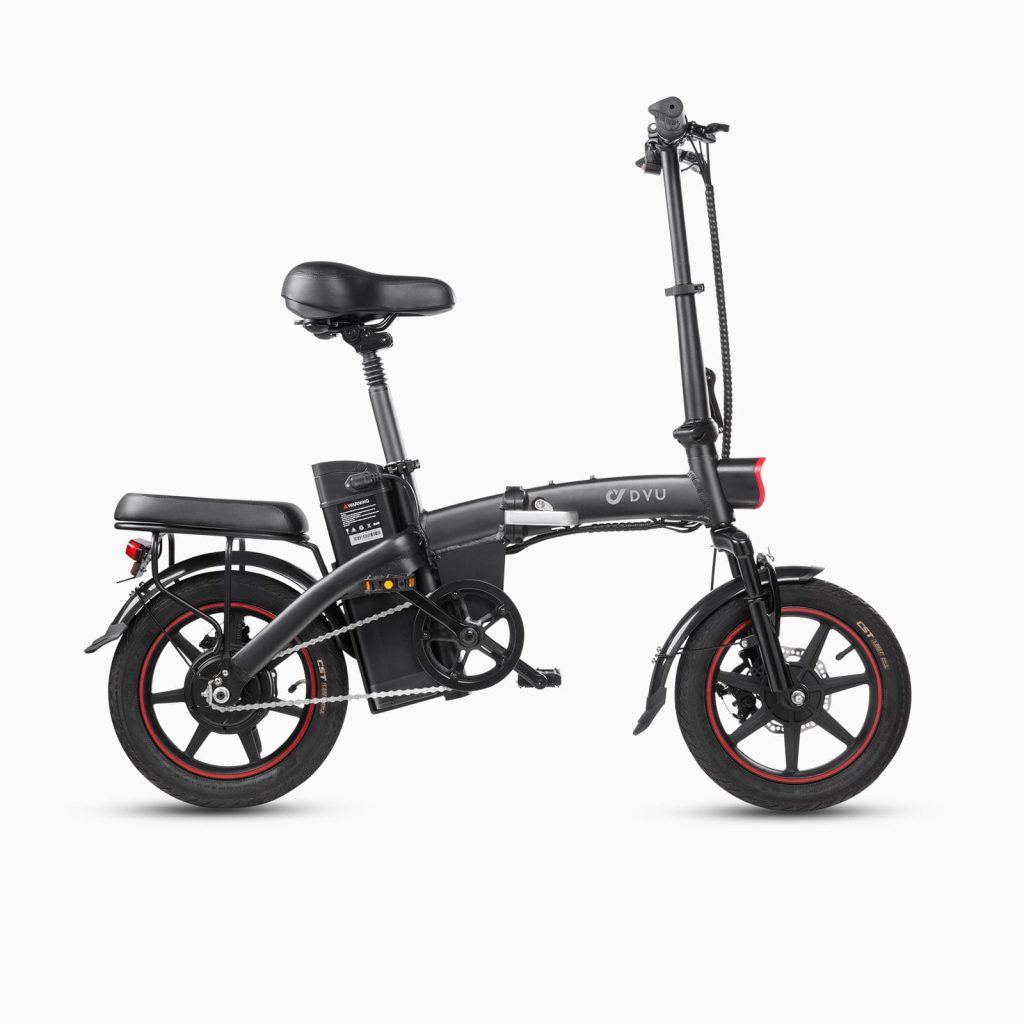

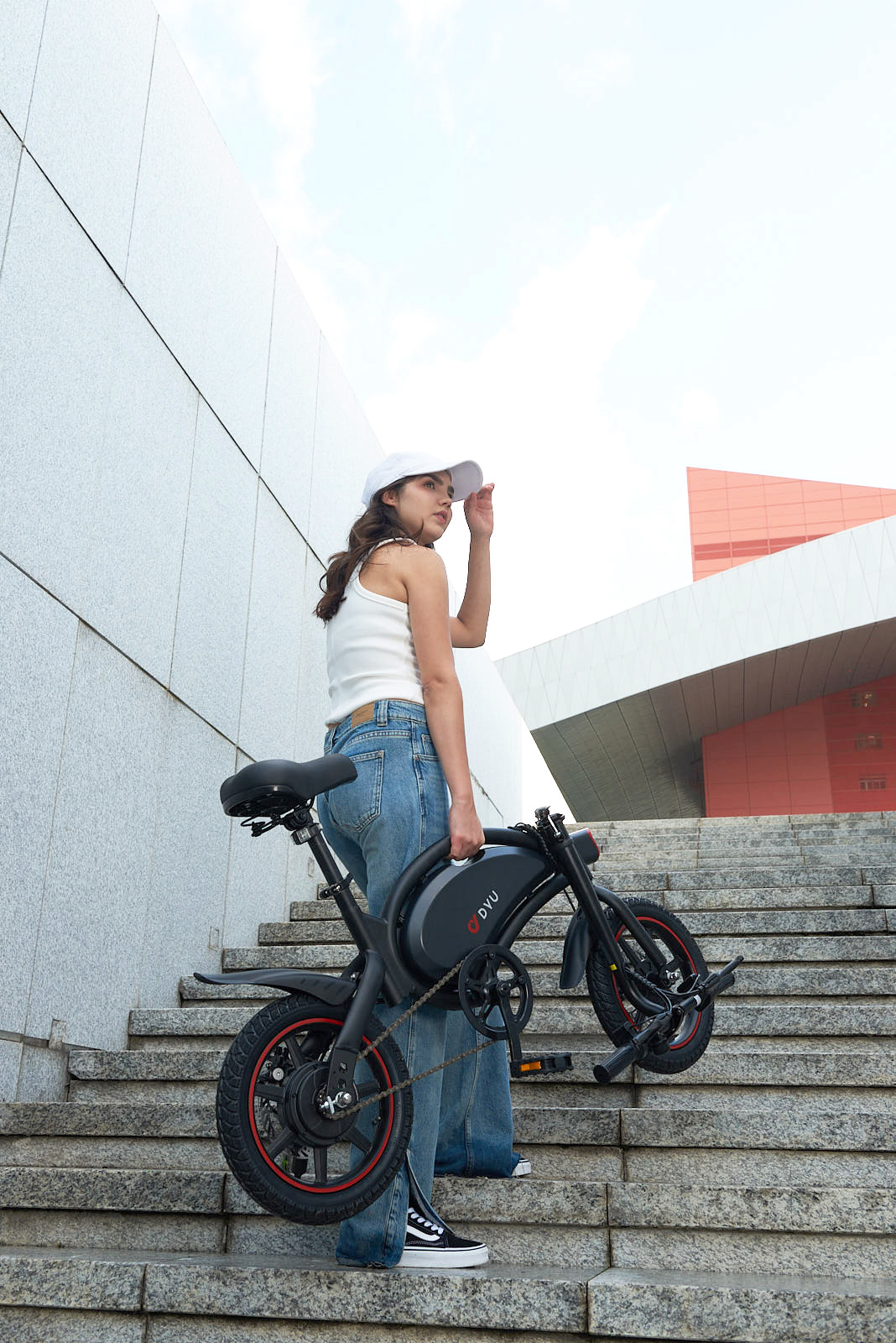
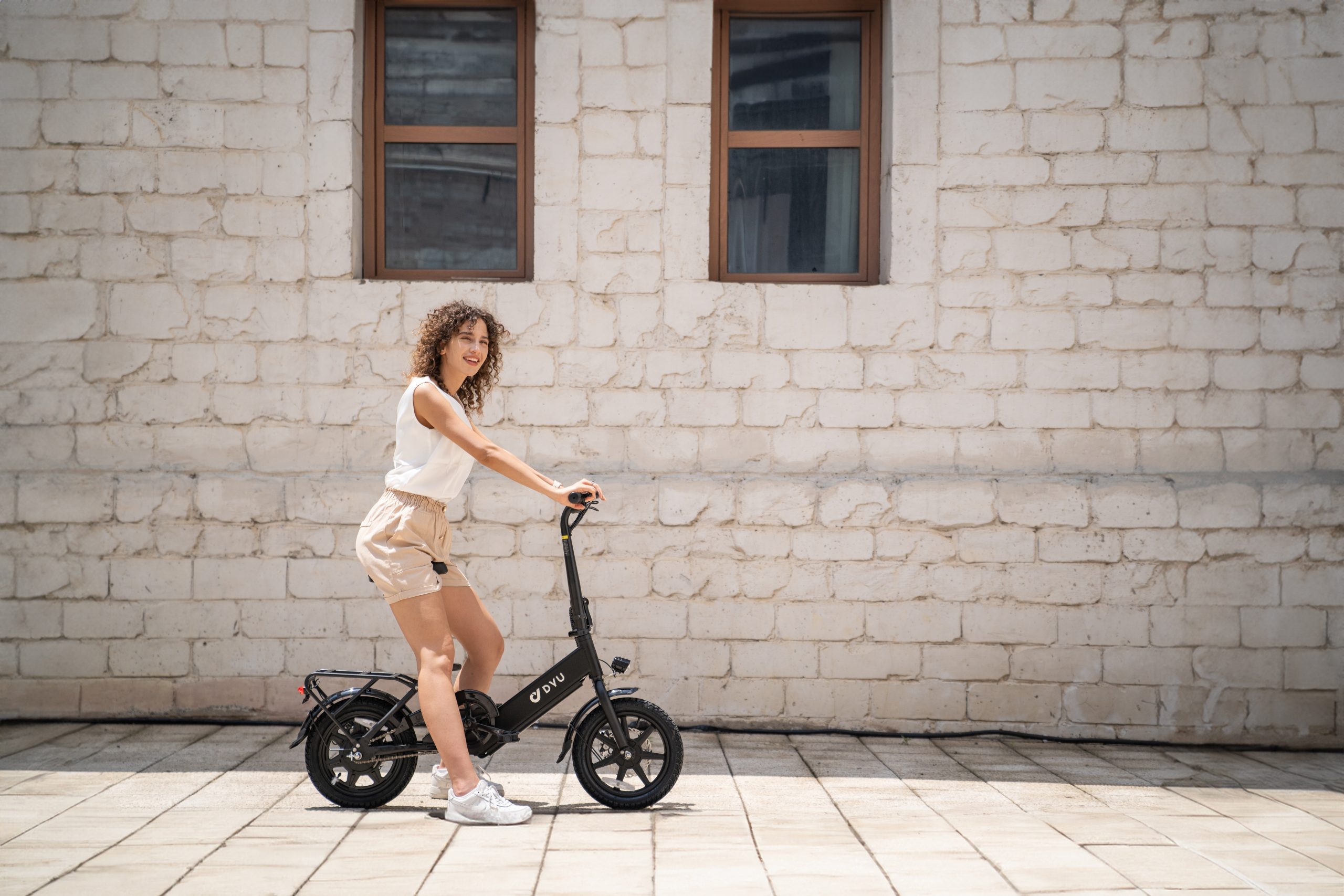
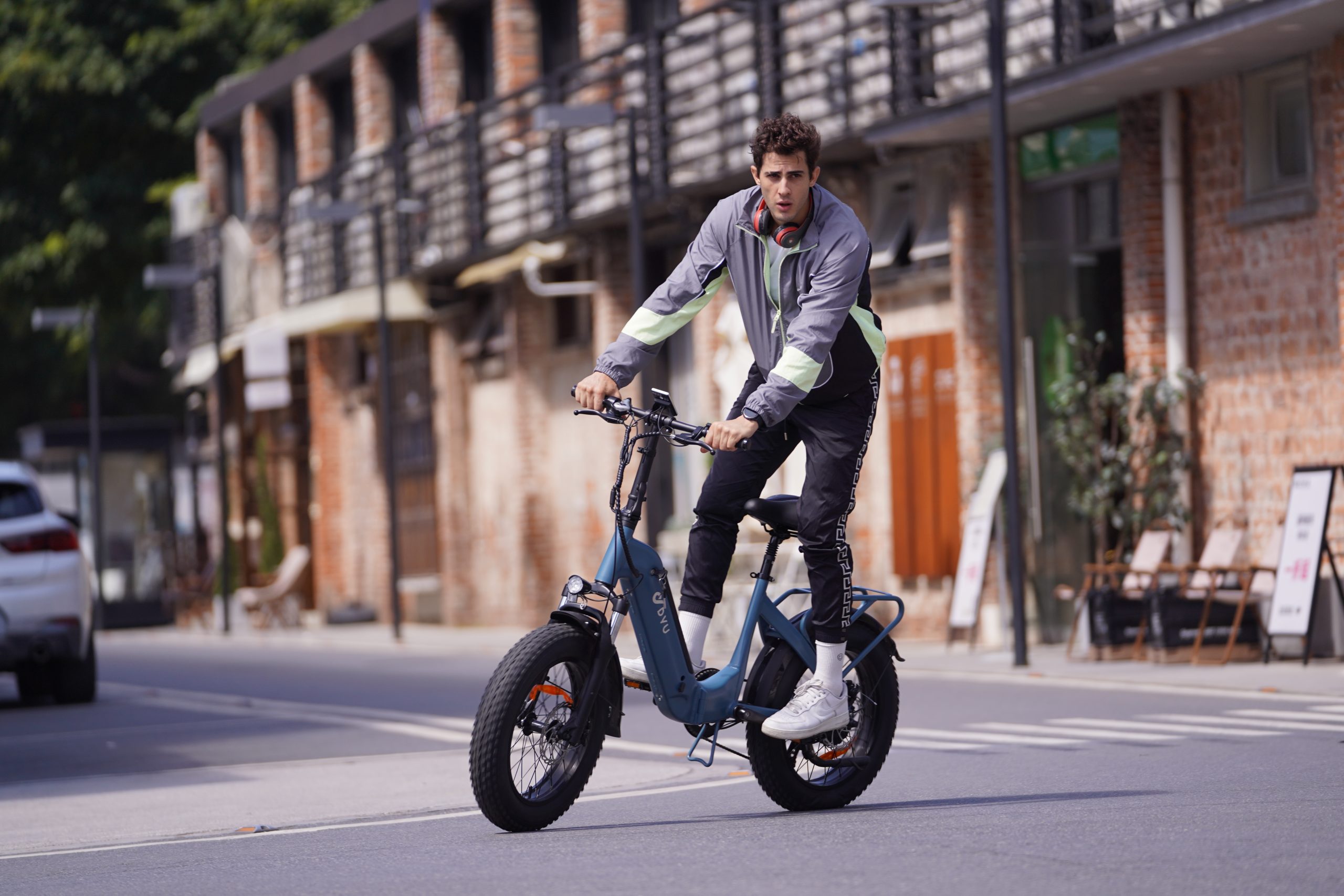

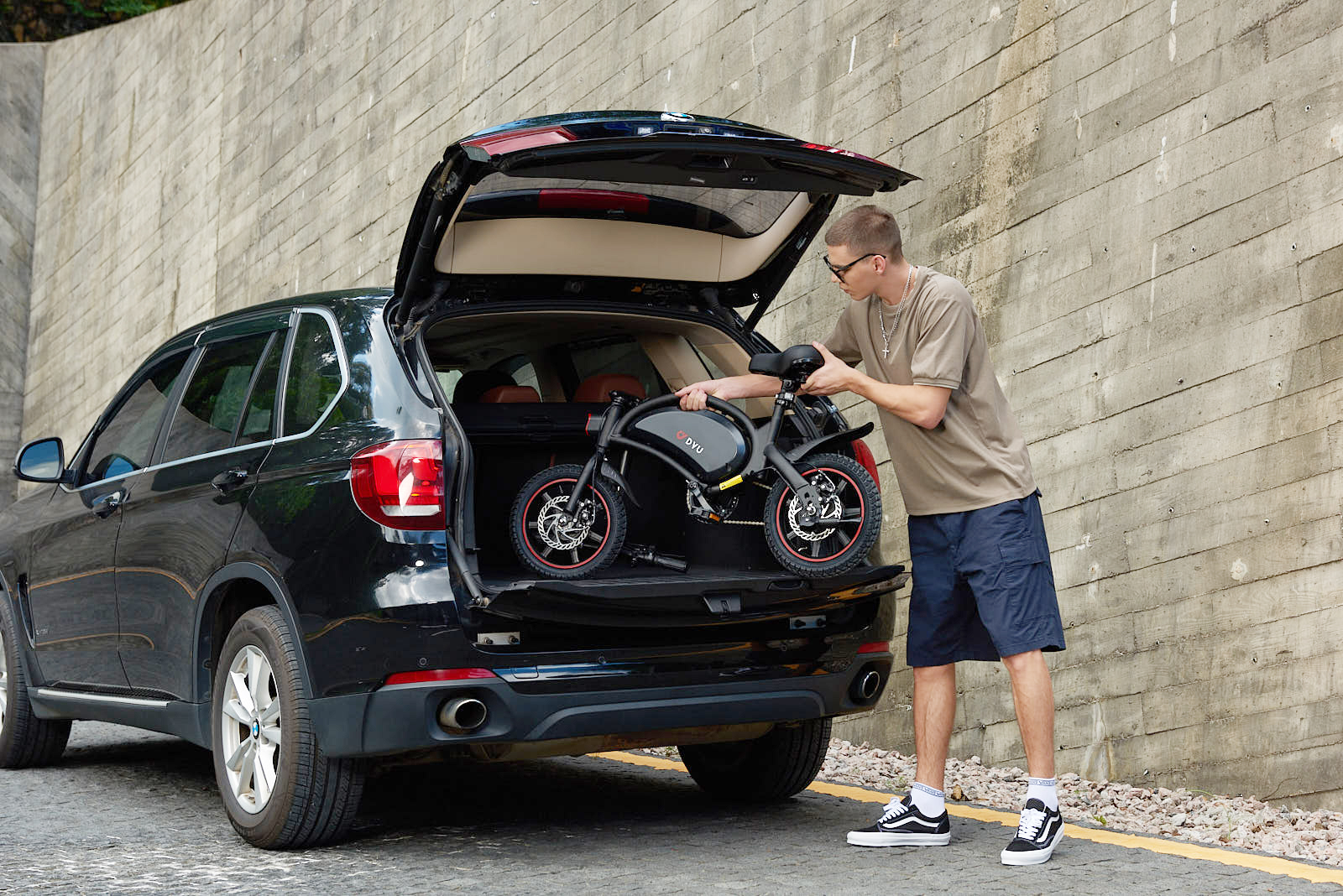
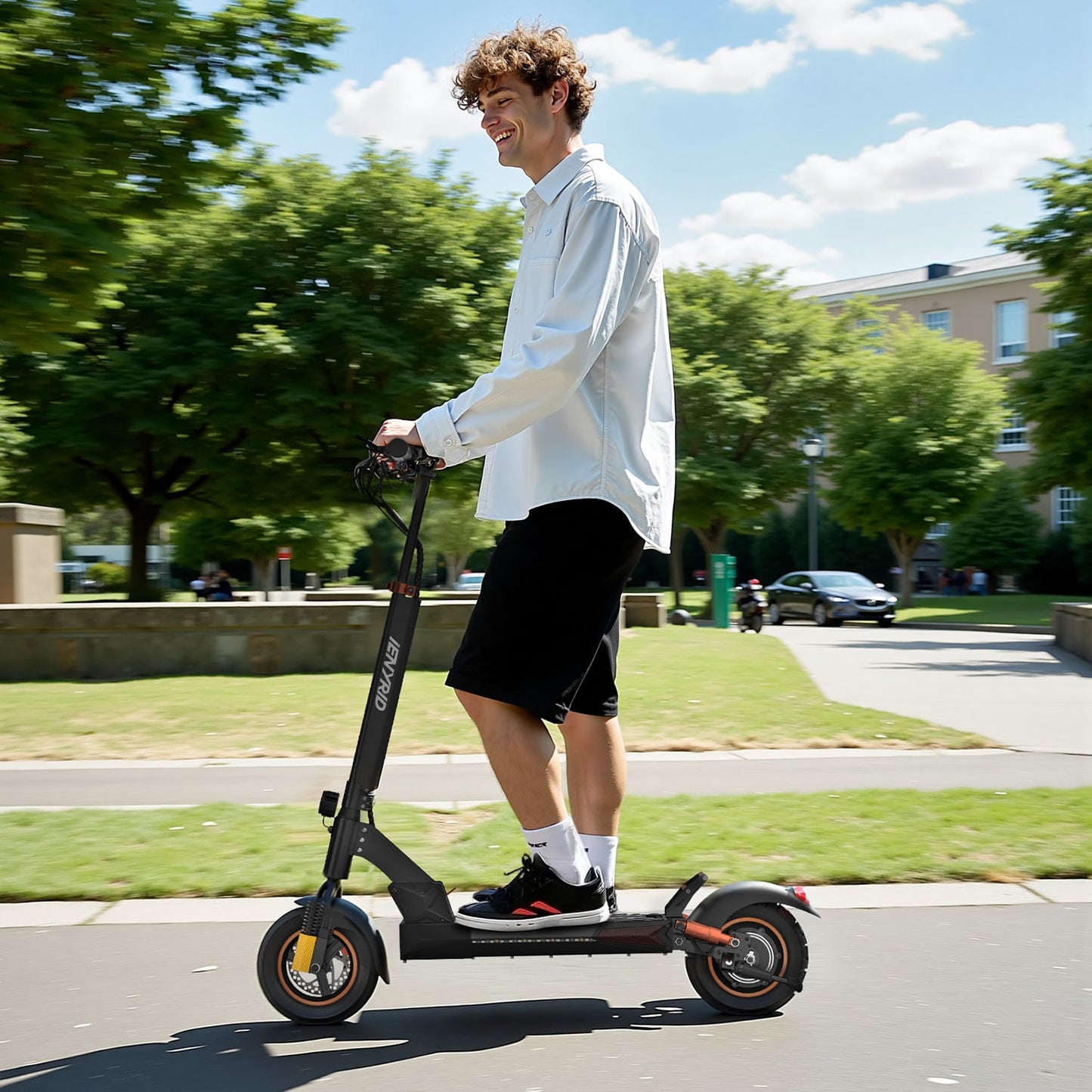
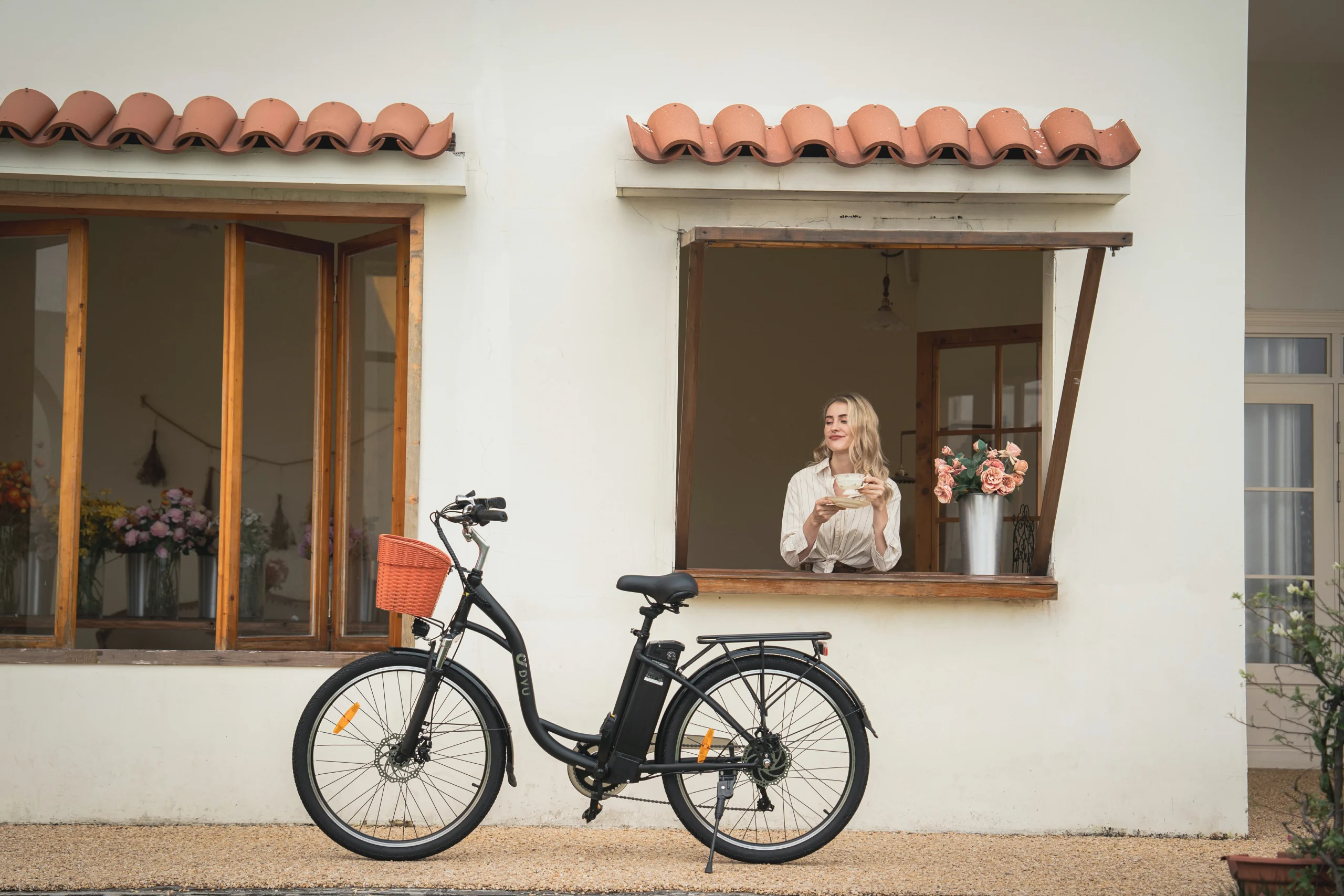

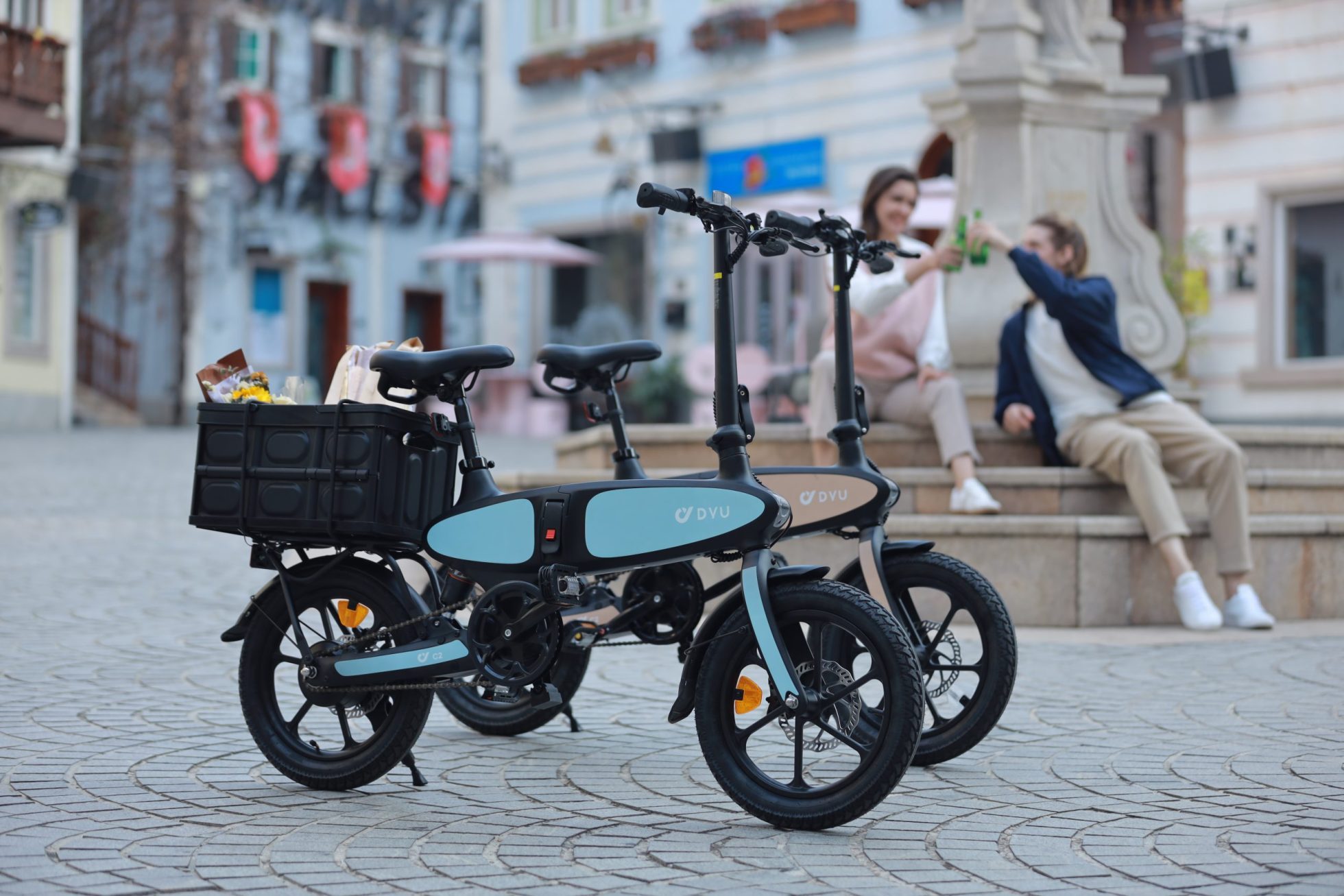
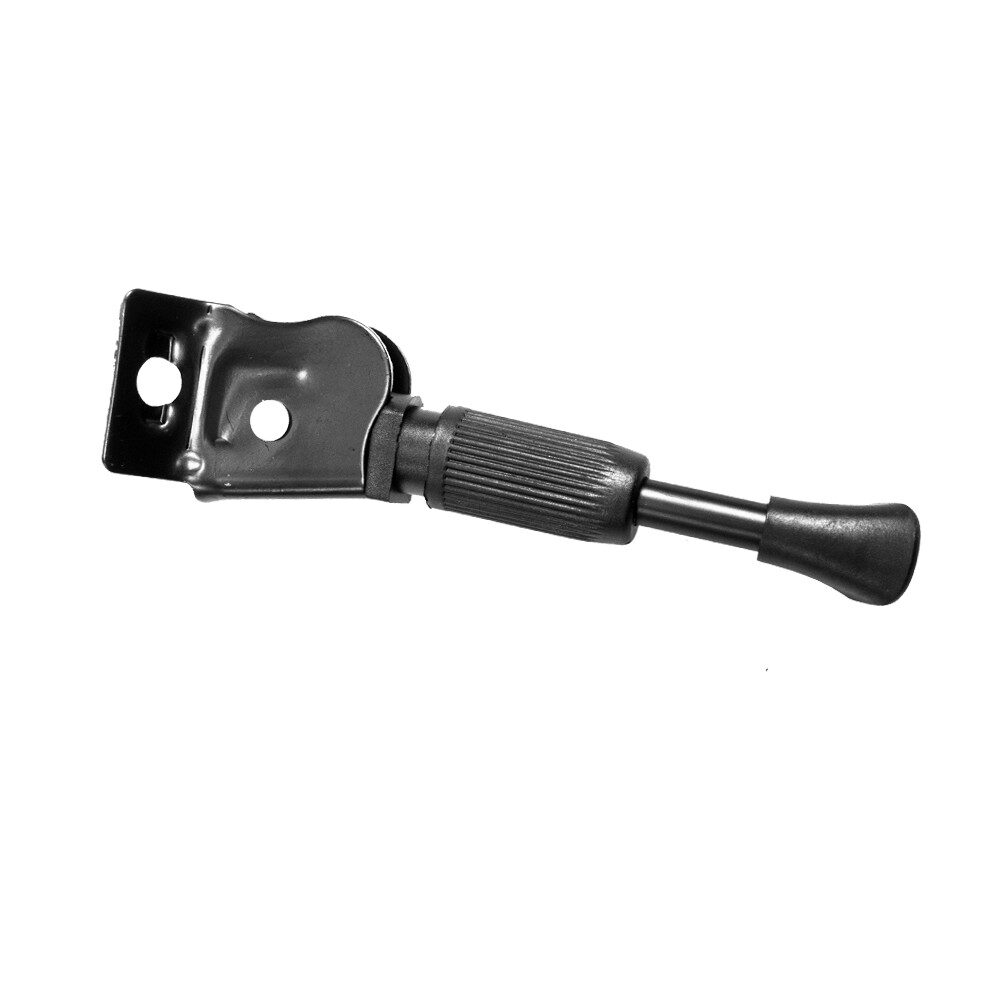
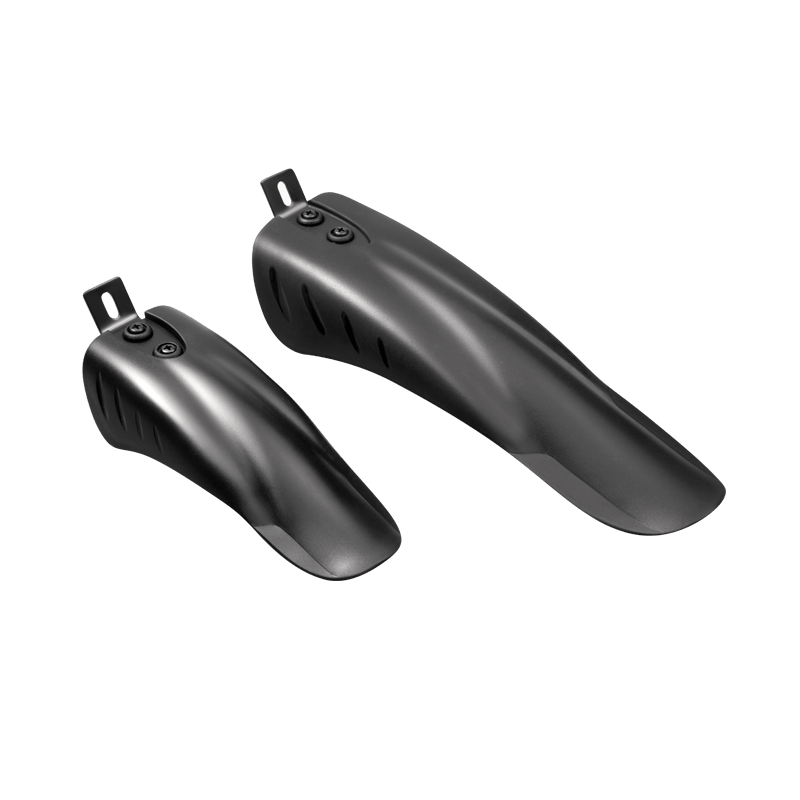
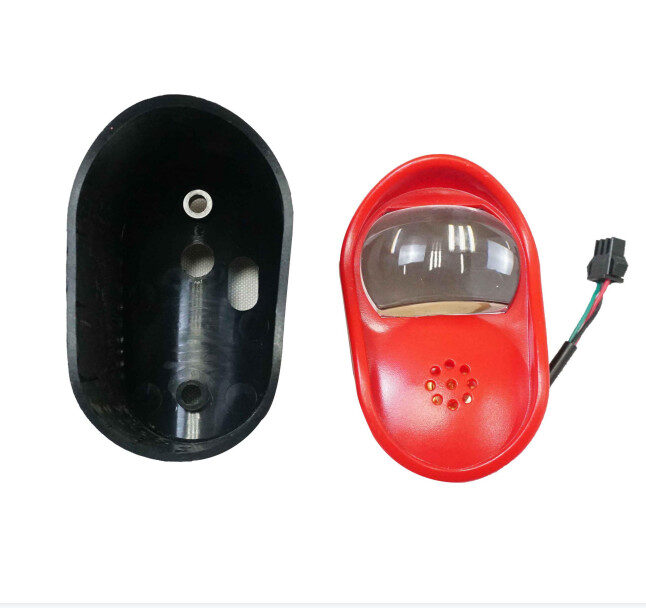
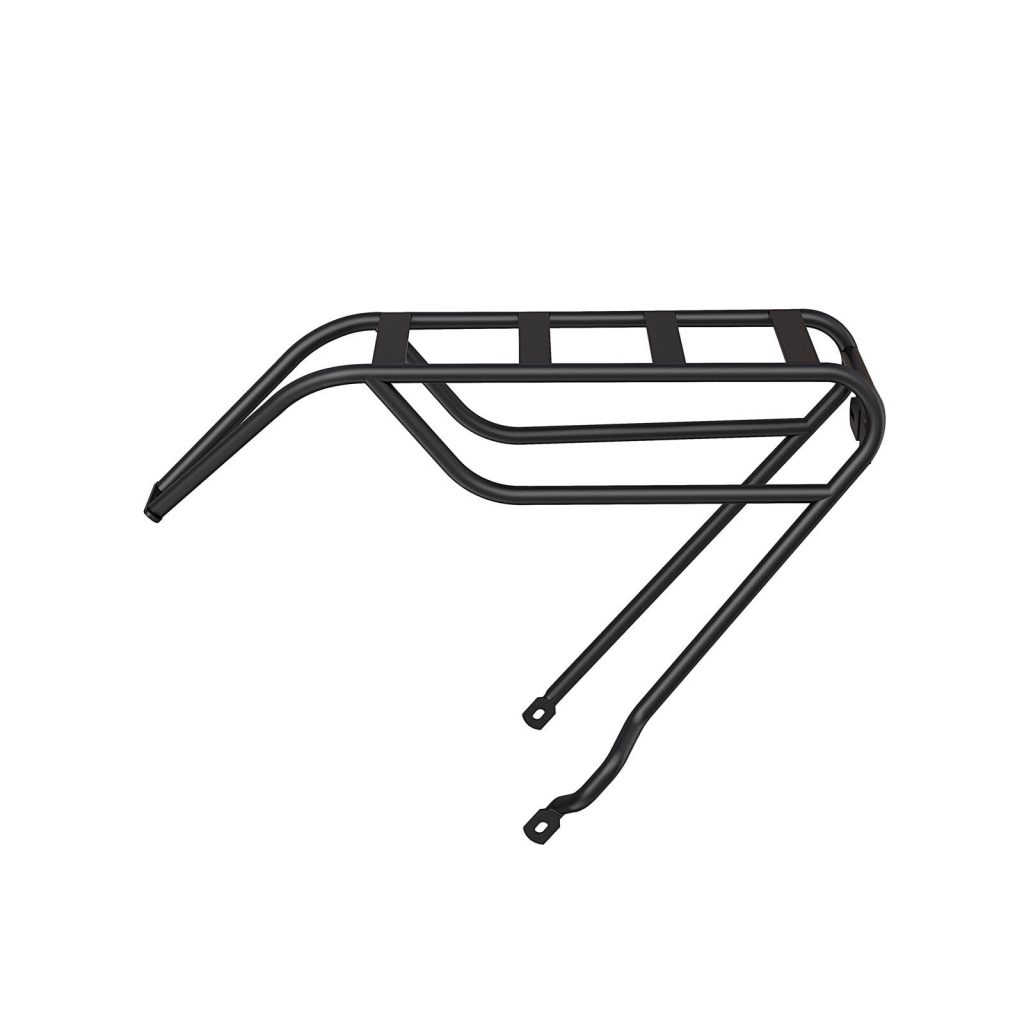
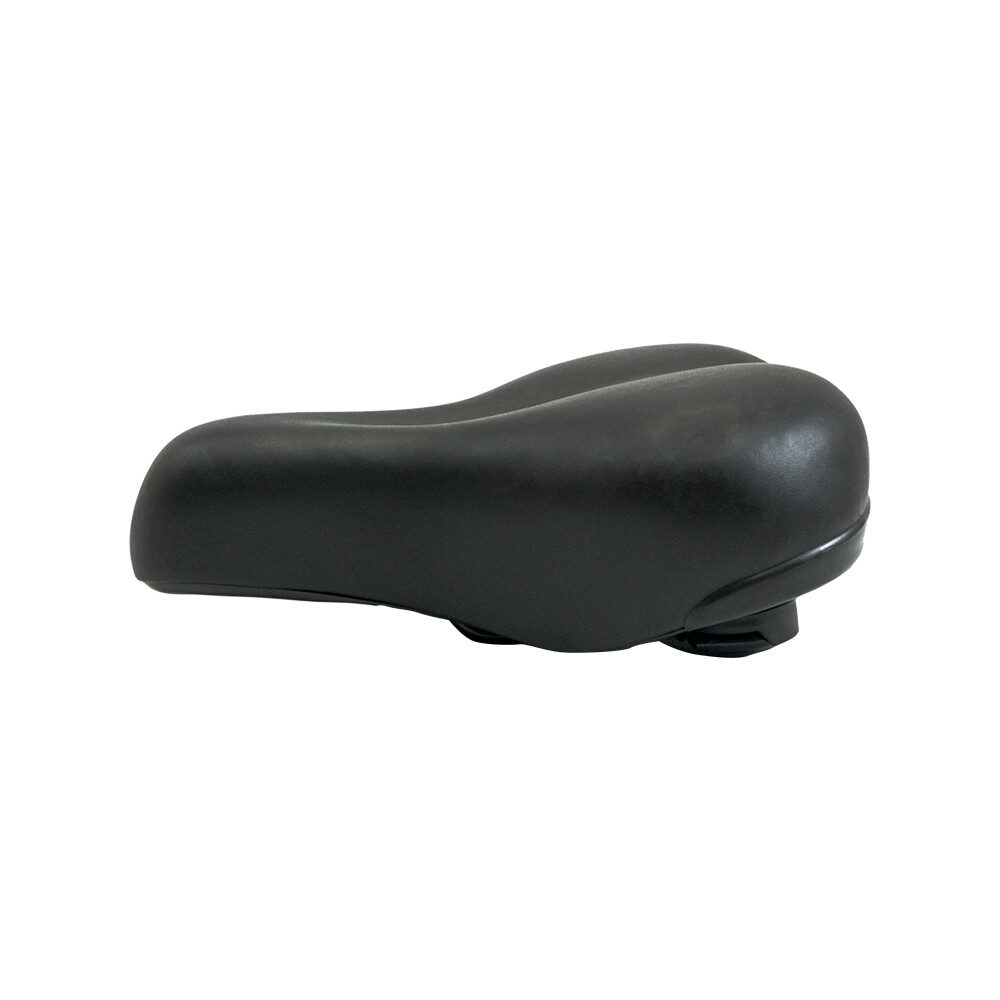
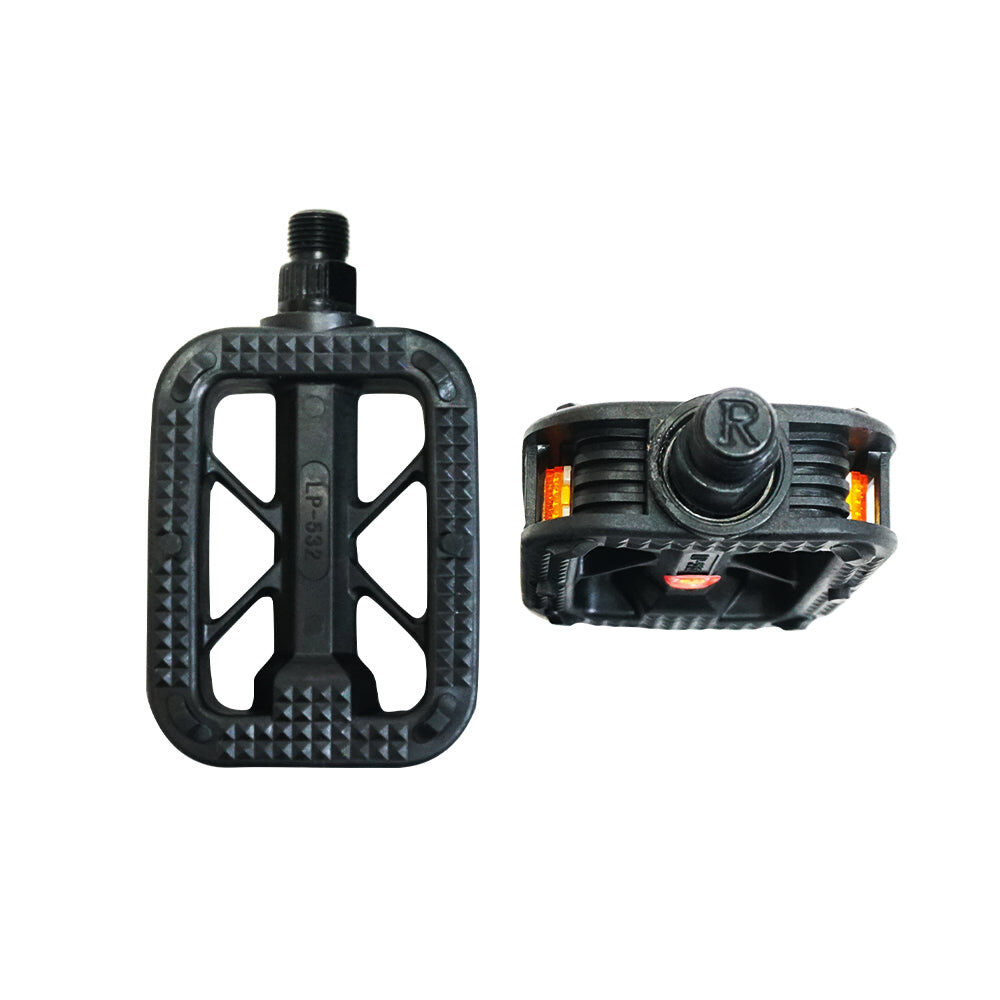
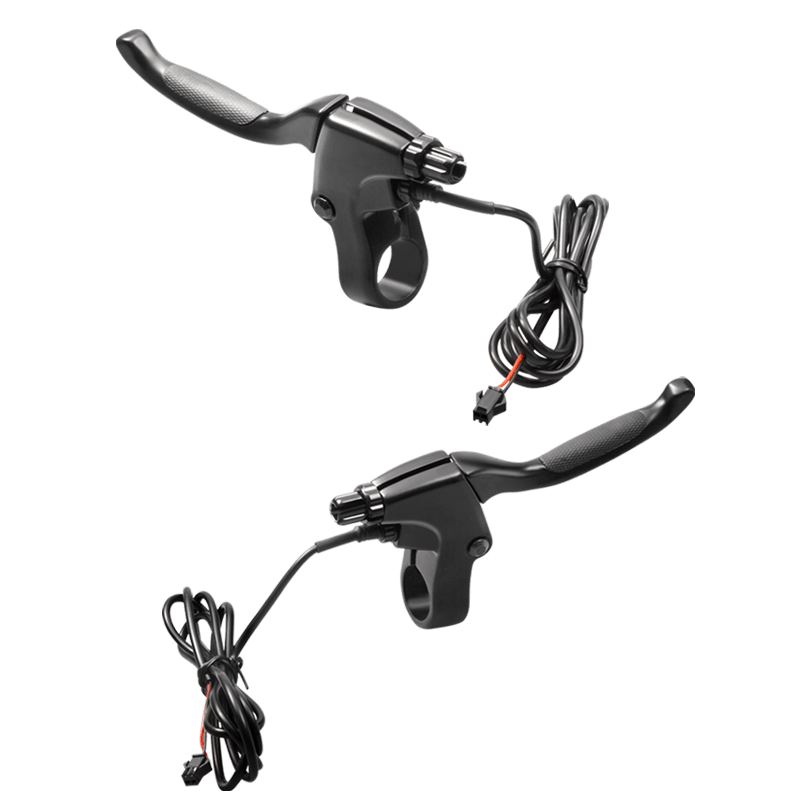
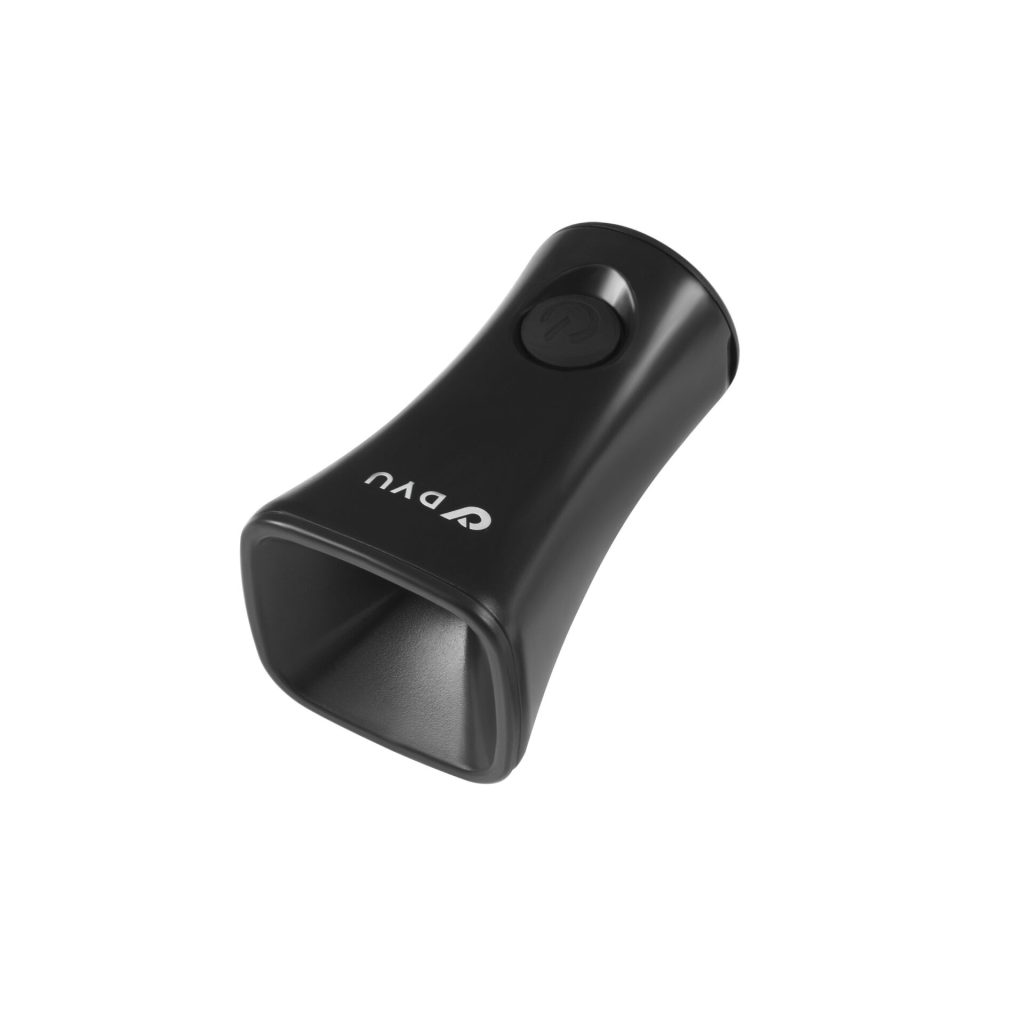

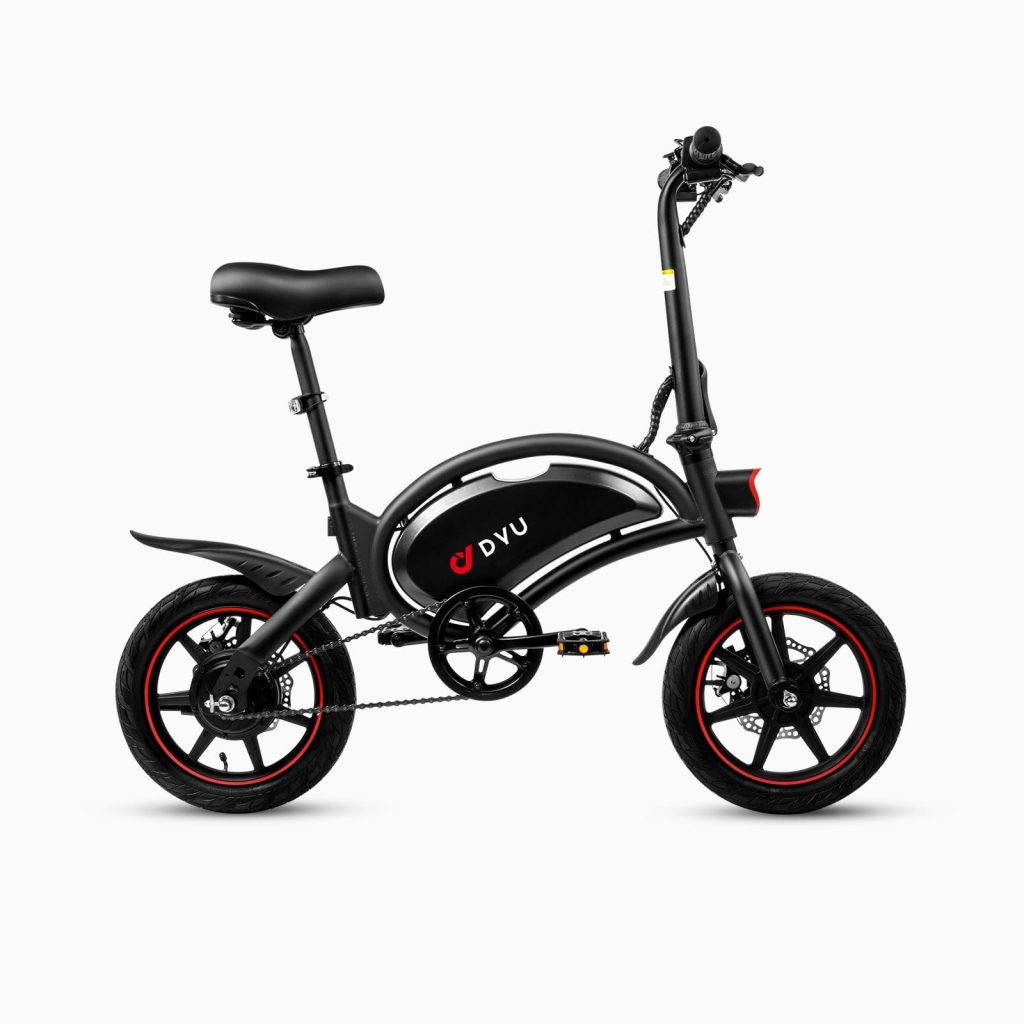
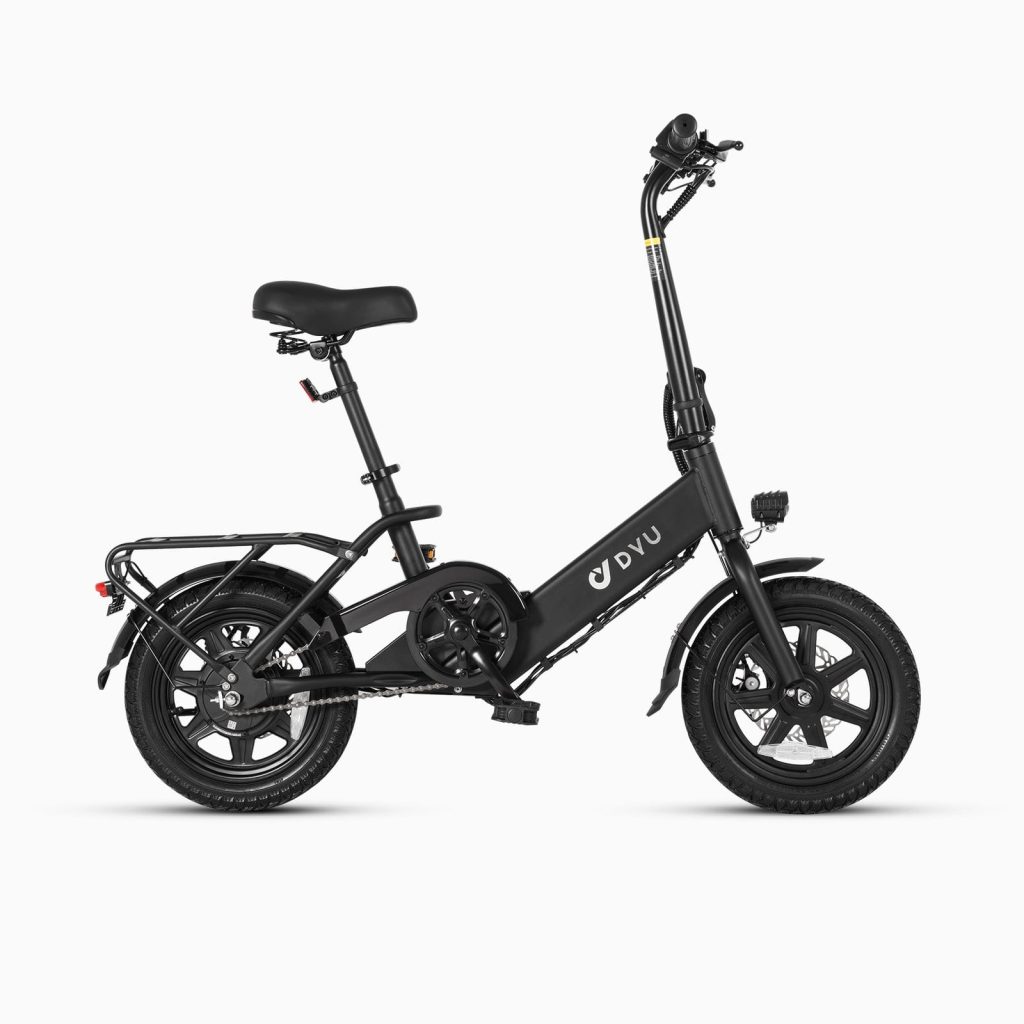
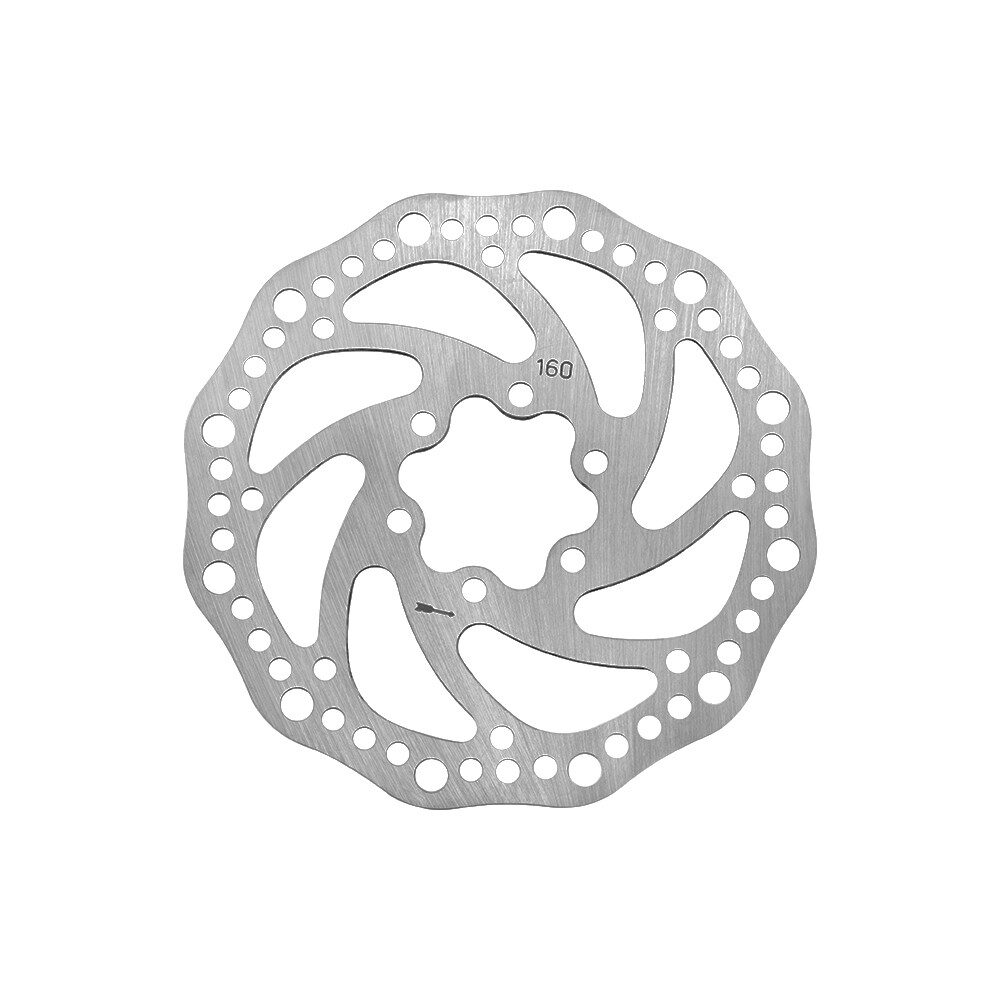
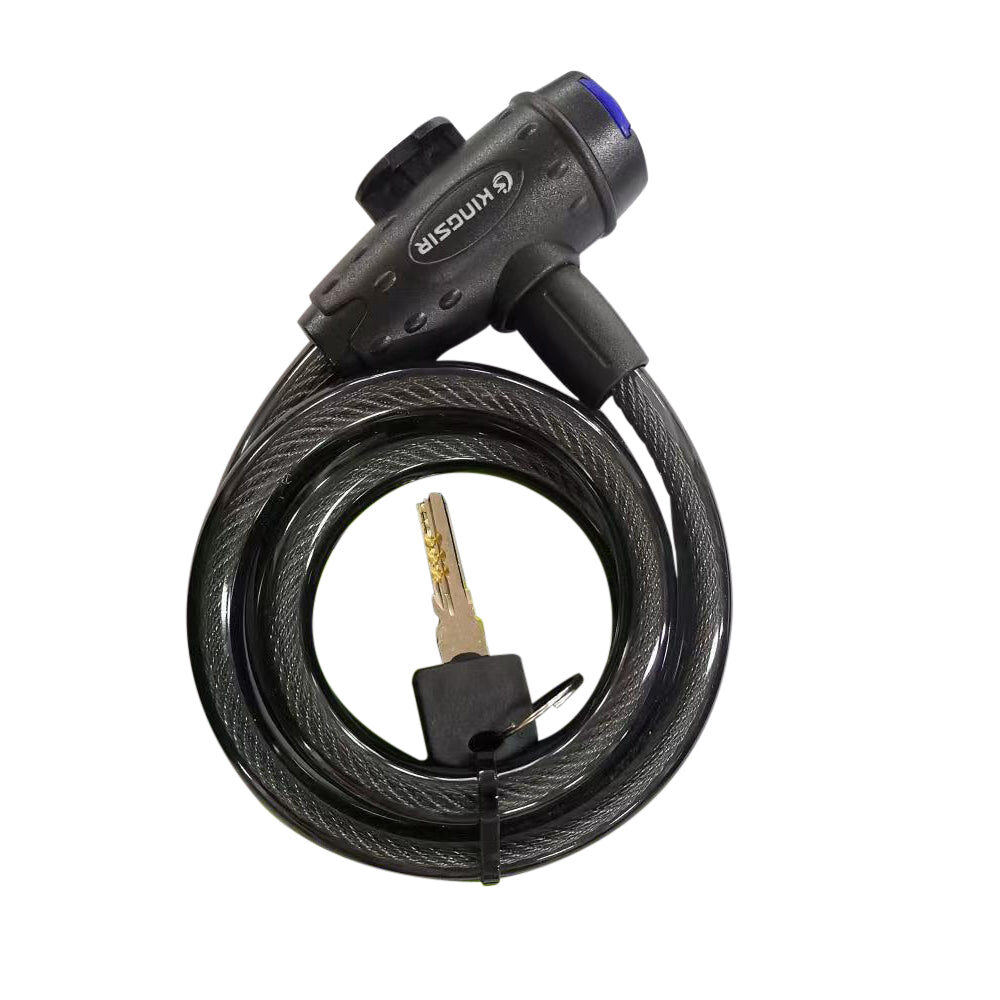

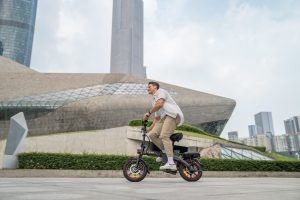
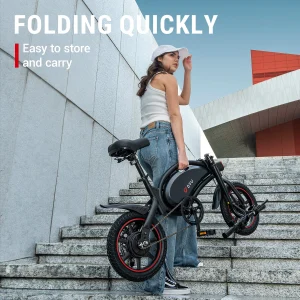
3 comments
Phyllis
Interesting link to space tech, but regenerative braking still feels like a gimmick on most bikes.
Oswald
This is so cool! Who would’ve thought NASA’s space tech could improve e-bikes on Earth?
Muriel
Never knew magnesium frames were from space tech! Explains why my DYU T1 is so light.